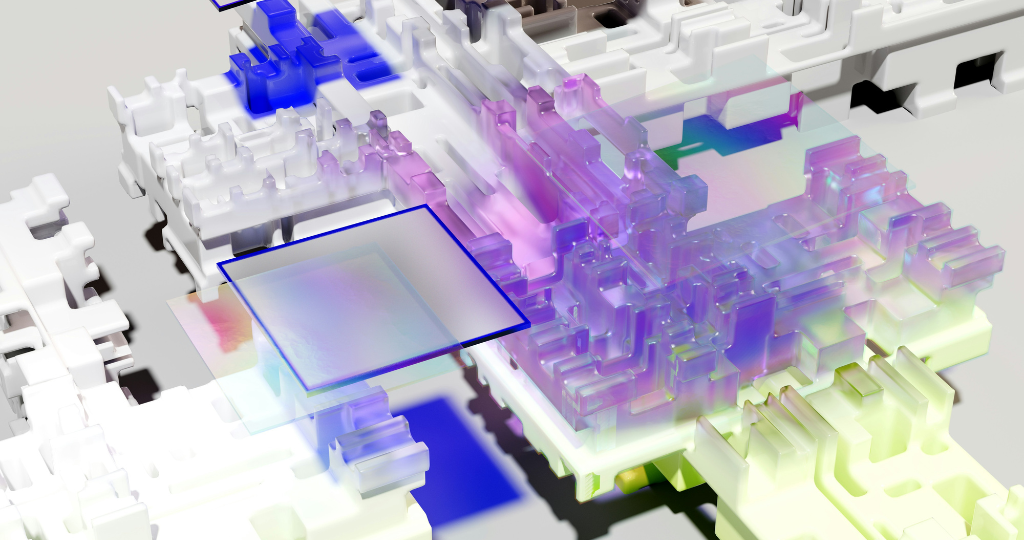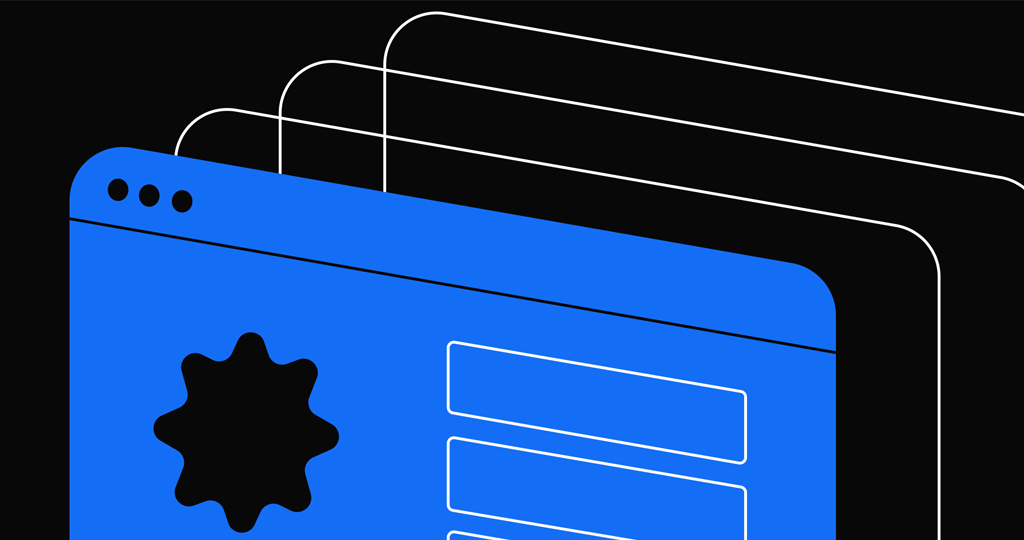In the blog "How are Businesses Benefiting from the Internet of Things (IoT)?", Way2Smile Solutions, a leading web development company in Dubai, discusses how IoT technology is enabling businesses to optimize operations, enhance customer experiences, and innovate like never before.
The Internet of Things (IoT) currently stands out as a groundbreaking technology changing the way businesses operate. As of 2024, there are over 15 billion connected devices worldwide, with this number expected to double by 2030. The integration of IoT into business strategies is not just a trend but an important transformation that enhances productivity, efficiency, and customer satisfaction. This blog goes into the benefits of IoT for businesses, highlighting its profound impact and future scope.
What is IoT?
The Internet of Things (IoT) refers to the interconnected network of physical devices embedded with sensors, software, and other technologies to exchange data with other devices and systems over the internet. These devices range from everyday household items like refrigerators and thermostats to sophisticated industrial machines. The IoT enables these devices to "talk" to each other, facilitating real-time data transfer and automation.
The benefits of IoT extend across various industries, including manufacturing, logistics, healthcare, and retail, offering businesses a competitive edge by optimizing operations, reducing costs, and enhancing customer experiences.
Benefits of IoT for Businesses
1. Reduced Costs
One of the most significant benefits of IoT for businesses is cost reduction. IoT devices enable proactive monitoring and maintenance of equipment, thereby preventing costly downtime and large-scale repairs. For instance, predictive maintenance (PdM) can significantly reduce the time required to plan maintenance by 20-50%, increase equipment uptime and availability by 10-20%, and reduce overall maintenance costs by 5-10% . In the manufacturing sector, IoT sensors monitor equipment performance in real-time, alerting operators to potential issues before they escalate into major problems. This not only cuts maintenance costs but also extends the lifespan of machinery.
2. Higher Efficiency and Productivity
Efficiency is the cornerstone of improved productivity, and IoT plays a crucial role in achieving this. By automating repetitive and time-consuming tasks, IoT frees up human resources for more strategic roles. For example, automated PDF conversion tools enhance communication and documentation processes, leading to faster and more efficient workflows.
A study by Harvard Business Review found that 58% of companies experienced increased collaboration through IoT devices, directly impacting productivity . IoT also optimizes resource management, ensuring that devices such as printers, copiers, and WiFi are used efficiently, thereby streamlining office operations.
3. Creating New Business Opportunities
The impact of the Internet of Things goes beyond operational efficiency. IoT analytics provide deep insights into customer behavior and preferences, enabling businesses to tailor their offerings and create new products and services. For instance, IoT sensors in automobiles can track driving habits, allowing insurers to offer customized insurance plans. Retailers use IoT to analyze in-store traffic patterns, optimizing product displays to maximize sales. As businesses leverage IoT data, they can innovate and adapt, creating new business models and revenue streams.
4. Improved Customer Experience
IoT has revolutionized the way businesses interact with customers. With IoT-enabled devices, companies can offer personalized and seamless experiences. Modern consumers expect quick and efficient service, often preferring automated solutions like chatbots for instant support. According to a study, 40% of consumers do not mind whether a chatbot or a human assists them as long as their issues are resolved promptly . IoT technology allows businesses to meet these expectations by providing real-time responses and proactive service. For example, smart home devices can notify users about maintenance needs or software updates, enhancing customer satisfaction and loyalty.
5. Increased Mobility and Agility
The benefits of IoT extend to workplace flexibility and agility. IoT devices enable remote monitoring and management of operations, allowing employees to work from any location. This mobility is crucial in today's business environment, where remote work has become the norm.
With IoT, companies can monitor and manage their assets, ensuring that operations run smoothly regardless of the physical location of their workforce. However, this increased mobility comes with security challenges. Ensuring the safety of IoT devices and data is paramount to protecting business operations from cyber threats.
IoT Business Strategy: A Pathway to Success
Integrating IoT into business strategy is essential for leveraging its full potential. An effective IoT business strategy involves several key components:
Identify Business Goals: Determine what you aim to achieve with IoT. Whether it's improving operational efficiency, enhancing customer experience, or creating new revenue streams, clear objectives are crucial.
Assess Infrastructure and Readiness: Evaluate your existing infrastructure and determine the readiness for IoT adoption. This includes assessing network capabilities, security measures, and compatibility with IoT devices.
Invest in the Right Technology: Choose IoT devices and platforms that align with your business needs. Investing in scalable and interoperable technology ensures long-term benefits and flexibility.
Implement Security Measures: With the increased connectivity of IoT devices, robust security protocols are essential. Protecting data integrity and preventing unauthorized access are critical to maintaining trust and operational continuity.
Train and Educate Employees: Ensure that your workforce is equipped with the necessary skills to manage and utilize IoT technology effectively. Training programs and continuous education are vital for successful implementation.
Future of IoT: Trends and Predictions
The future scope of IoT is expansive, with numerous trends shaping its evolution. By 2025, the number of connected IoT devices is expected to reach 16.44 billion, up from 7.74 billion in 2019 . Take a look at some of the exciting trends in IoT:
Edge Computing: Edge computing, which processes data closer to the source of generation rather than relying on centralized cloud servers, is gaining traction. This approach reduces latency and improves real-time data processing, making IoT applications more efficient.
AI Integration: The integration of artificial intelligence (AI) with IoT is set to enhance decision-making processes. AI algorithms can analyze vast amounts of IoT data, providing actionable insights and predictive analytics that drive business innovation.
Enhanced Security Measures: As IoT adoption grows, so does the need for robust security solutions. Future IoT deployments will focus on advanced encryption, blockchain technology, and AI-driven security measures to safeguard data and devices.
5G Connectivity: The rollout of 5G networks will significantly boost IoT capabilities by providing faster data transfer speeds and lower latency. This will enable more complex and data-intensive IoT applications, further enhancing business operations.
Sustainable IoT Solutions: With growing concerns about environmental sustainability, IoT is set to play a crucial role in promoting green initiatives. Smart grids, energy-efficient buildings, and sustainable supply chains are some areas where IoT can make a significant impact.
Conclusion
The benefits of IoT for businesses are immense, encompassing cost reduction, enhanced efficiency, improved customer experiences, and new business opportunities. As the future of IoT evolves, its impact on business operations will only grow, making the adoption of a correct IoT business strategy essential for staying competitive.
At Way2Smile Solutions, a leading web development company in the Dubai, UAE, we provide custom IoT development solutions to meet the unique needs of businesses. Our expertise helps companies harness the power of connected devices to drive innovation and efficiency.







